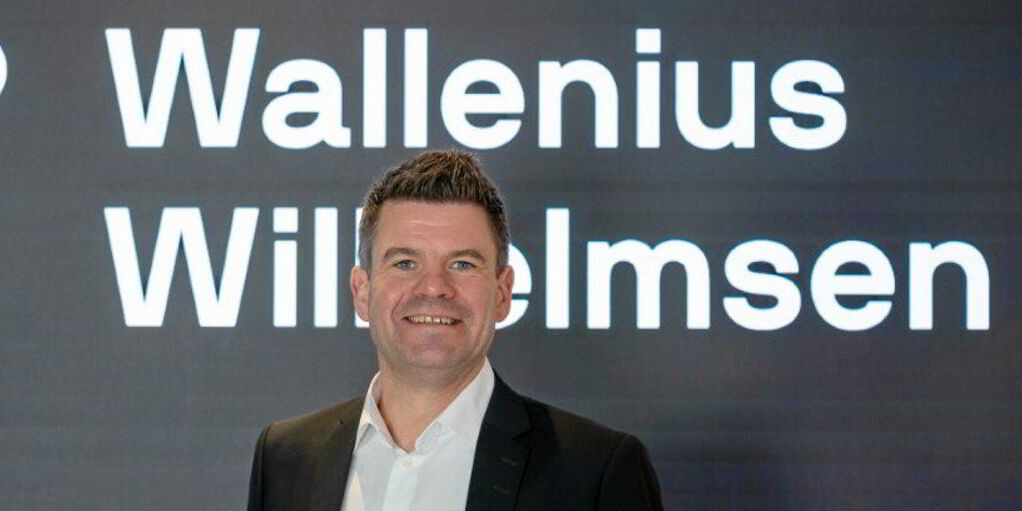The car carrier market is shifting from a period of skyrocketing rates to stability and Hoegh Autoliners is looking to capitalise.
During its second-quarter earnings presentation on Wednesday, chief executive Andreas Enger said the Oslo-based shipowner is looking to secure longer-term deals to optimise its backlog.
“We are continuing to increase our contract coverage,” he said during a live presentation held in conjunction with the Norwegian political event Arendalsuka.
“I want to make one comment on this: We had quite an attractive result chasing opportunities in the spot markets in the last 12 to 18 months.”
But with rates consistent in recent months, the company is shifting strategy to term deals.
“We are entering contracts in terms that reflect current market rates and those contacts have duration that increases the resilience of our portfolio,” Enger said.
He described a situation in which customers are viewing the car carrier segment as more “industrial”, with customers ready to commit to longer-term contracts at higher rates to ensure supply chain stability.
But that will also lead to volatility in the company’s monthly market updates, with cargo mix and positioning having a greater impact on those figures, he warned.
He also told observers to pay attention to the moving averages it reports.
For July, Hoegh Autoliners reported record rates of $100.30 per cbm on a gross basis and $87.20 per cbm on a net basis while transporting 1.2m cbm of cargo.
Clarksons assesses car carrier rates so far this month as steady at $105,000 per day, but down from highs of more than $110,000 per day in 2023 and early 2024.
But rates are still way above the $72,167 per day averaged in 2022 and the $25,583 per day in 2021.
For the quarter, the company recorded a profit of $174m, up from $133m a year earlier.
Revenue came in at $341m, down from $356m, with the bottom line boosted in part by lower voyage, operating and charter hire expenses.
Volumes dropped year over year, from 4.1m cbm to 3.5m cbm, though the company was not yet dealing with Red Sea diversions last year.
Most of the effects from those diversions — undertaken to avoid being attacked by Houthi militants in Yemen — were felt in the first quarter, when volumes came in at 3.3m cbm.
Net freight rates were $83.20 per cbm during the quarter, up from $75 per cbm last year and down from $83.60 per cbm in the first quarter.





